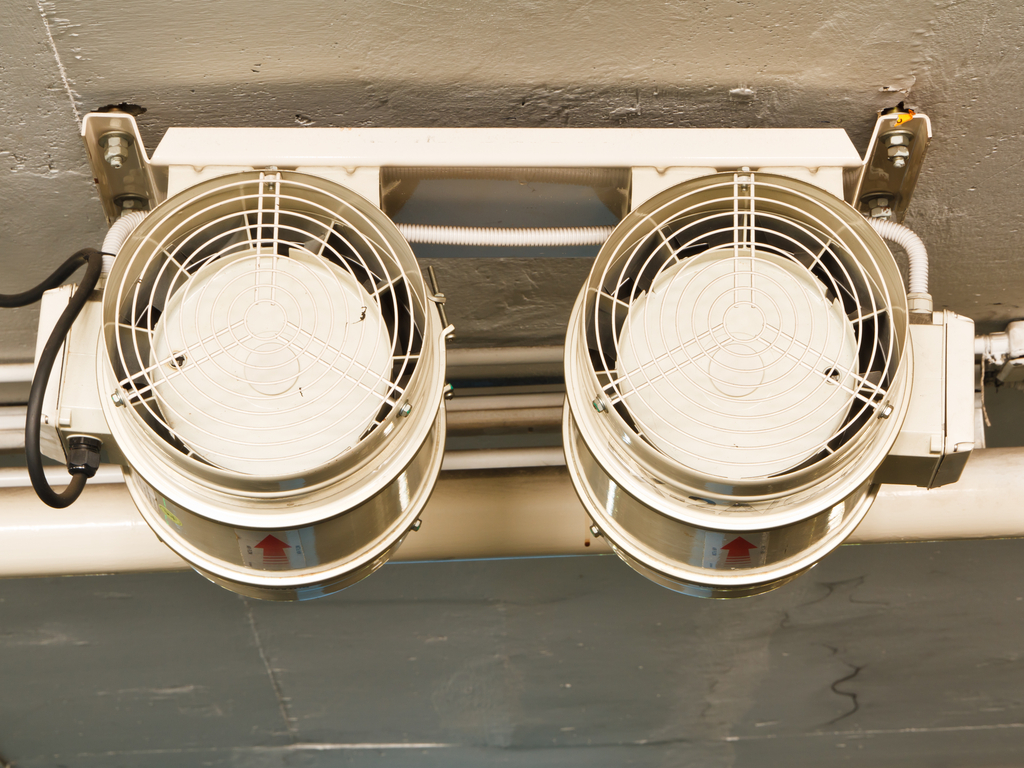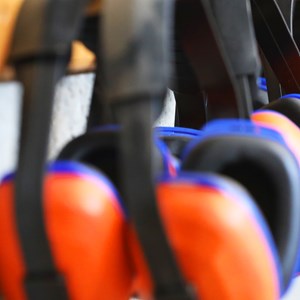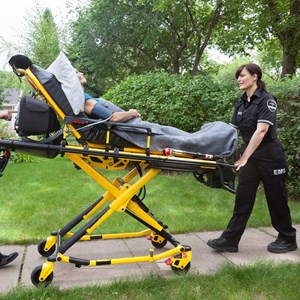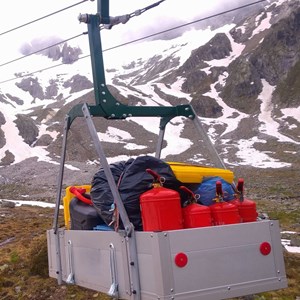At the core of the European Green Deal lies the ambition to make Europe the world's first climate-neutral continent by 2050. As the latest development in this sector, on 14 July the European Commission adopted a package of proposals to make the EU's policies fit for reducing net greenhouse gas emissions by at least 55% by 2030 and make Europe climate neutral by 2050. Energy efficiency is one of the pillars of the Green Deal, articulated trough the improvement of the energy performance of buildings and the increased use of renewable energies.
In plain words, energy efficiency means consuming less energy to perform an action, like using your dishwasher or cooling down your house. It goes without saying that being energy-efficient brings additional benefits such as lower energy bills, environment protection, and the overall improvement of the quality of life.
In particular, when talking about energy efficiency, one of the most overlooked appliances is fans. Fans of all types are used for ventilation and air conditioning, for process engineering, and agriculture. As a whole, their energy use has been calculated as nearly 20% of total worldwide energy usage. To ensure that the fan performance characteristics are common throughout the world, a series of standards has just been developed by ISO and adopted by CEN.
Among these, the recently published EN ISO 12759-5 'Fans - Efficiency classification for fans - Part 5: Jet fans' establishes a classification of fan efficiency for all jet fan types driven by motors with an electrical input power range from 5,5 kW to 155 kW.
Jet fans are used for producing a jet of air in a space, unconnected to any ducting. They find applications in the control of quality of air in vehicle and train tunnels, as well as in enclosed car parks, and their use has become increasingly popular (from EN ISO 13350:2015 'Fans - Performance testing of jet fans').
Having in place a classification system for jet fan efficiency encourages the implementation of minimum efficiency standards and allows a more informed decision when it comes to purchasing and installing the fans.
This document was prepared by Technical Committee ISO/TC 117 'Fans', in collaboration with the CEN/TC 156 'Ventilation for buildings', whose Secretariat is held by BSI, the British Standards Institute.

Alessia GAETANI
agaetani@cencenelec.eu



